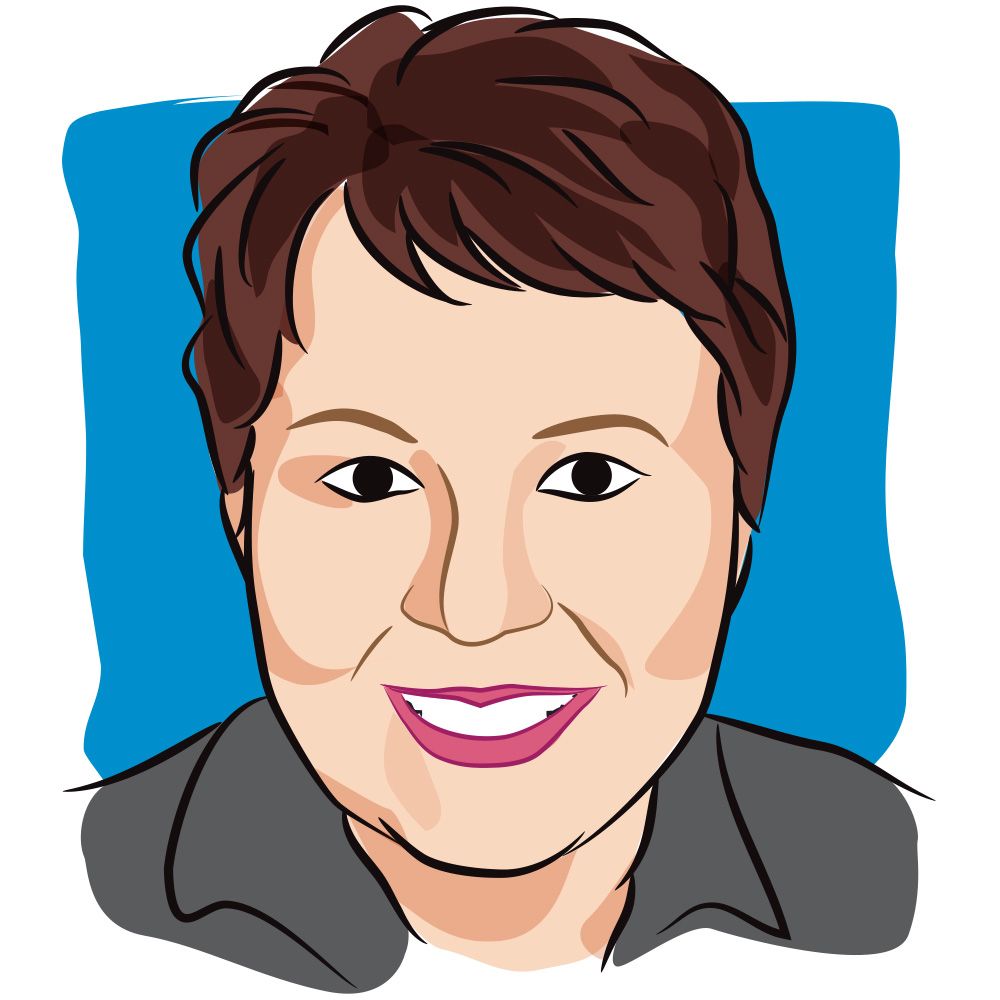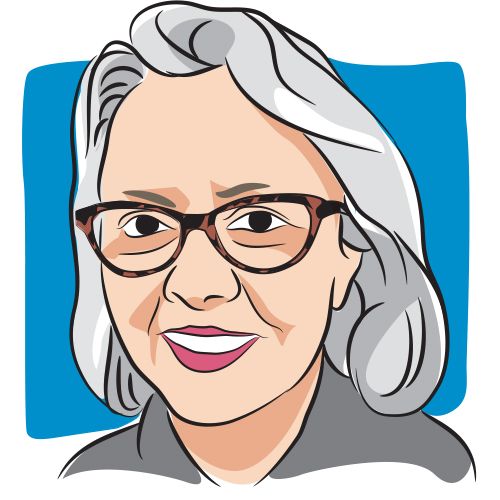Article
Cancer’s Hidden Threat: Post-Diagnosis Anxiety
Author(s):
A male breast cancer survivor describes his anxiety and one tool for curtailing it.
Imagine that you are a newly diagnosed cancer survivor in your doctor’s office, listening to a report from a recent MRI. Up to this point the day has probably gone as you might expect. Perhaps you had breakfast with your family or dropped your kids off at school before arriving for your appointment. You’ve been sitting in that empty room for a time, pondering your fate while thumbing through a perfunctory magazine, unable to focus on any single word in a story you have no interest in. The door opens like a clap of thunder and your doctor enters looking terse, delivering the news you’ve been dreading.
“I’m sorry Mr. Barnes, but you have cancer.”
If this has happened to you and you are anything like me, you were likely too numb to focus on the full meaning of that pronouncement. In my case, there was an unrelenting surge of numbness followed by a few moments of disbelief, followed by several days of intermittent anxiety.
According to the National Institute of Mental Health (NIMH), an estimated 31.1% of U.S. adults experience an anxiety disorder at some time in their lives. I’d like to think that my time to be a part of that grim statistic is over and done. But alas, even after seven years of cancer remission, the truth is, anxiety sometimes shows up in my post-cancer life.
One of the first thoughts I had upon getting my breast cancer news was that I could actually die soon. But it wasn’t simply the thought of dying that gave me a surge of anxiety. Rather, it was the realization that I might not be able to complete my open projects, say farewell to my loved ones and finish writing that book I had been working on for years. In other words, I felt as though my time was running out, and not just the remaining days of my life, but the opportunities I had to finish up the things I had started, and to feel “complete.”
If ever there was a reason to live our lives one day at a time, this was a very valuable lesson.
My wife and I were residing in Hawaii for a year after I had retired from my job.Our house had been sold and all of our belongings were in storage in California. We had planned on moving back to the mainland at the end of our long stay, but at that moment we had no home to go to and no regular doctor to see. When cancer appeared in my life we were in a bit of a void with no clear path to take.So my anxiety at the time was all about the unknown. It was all about things that were out of my control. And it’s this inability to change our situation that often causes the anxiety that cancer survivors face.
Fortunately, I was a participant in a Zen meditation center on the island and had a number of “tools” available for me to draw from. Zen teaches us to watch those thoughts that parade endlessly through our brains – to observe them and our reactions to them, and to quietly to let them pass by — just in time for the next set to roll in. Meditation is not about shutting down scary thoughts. It’s only about seeing them for what they are. Just thoughts.
Anxiety is not unlike a pulled muscle in that respect. It requires identifying the cause, resting the point of pain and allowing enough time to heal the injury. Nobody ever said that this process was easy, but with practice it can become a valuable asset in our anxiety arsenal.
For more news on cancer updates, research and education, don’t forget to subscribe to CURE®’s newsletters here.
2 Commerce Drive
Cranbury, NJ 08512
All rights reserved.




